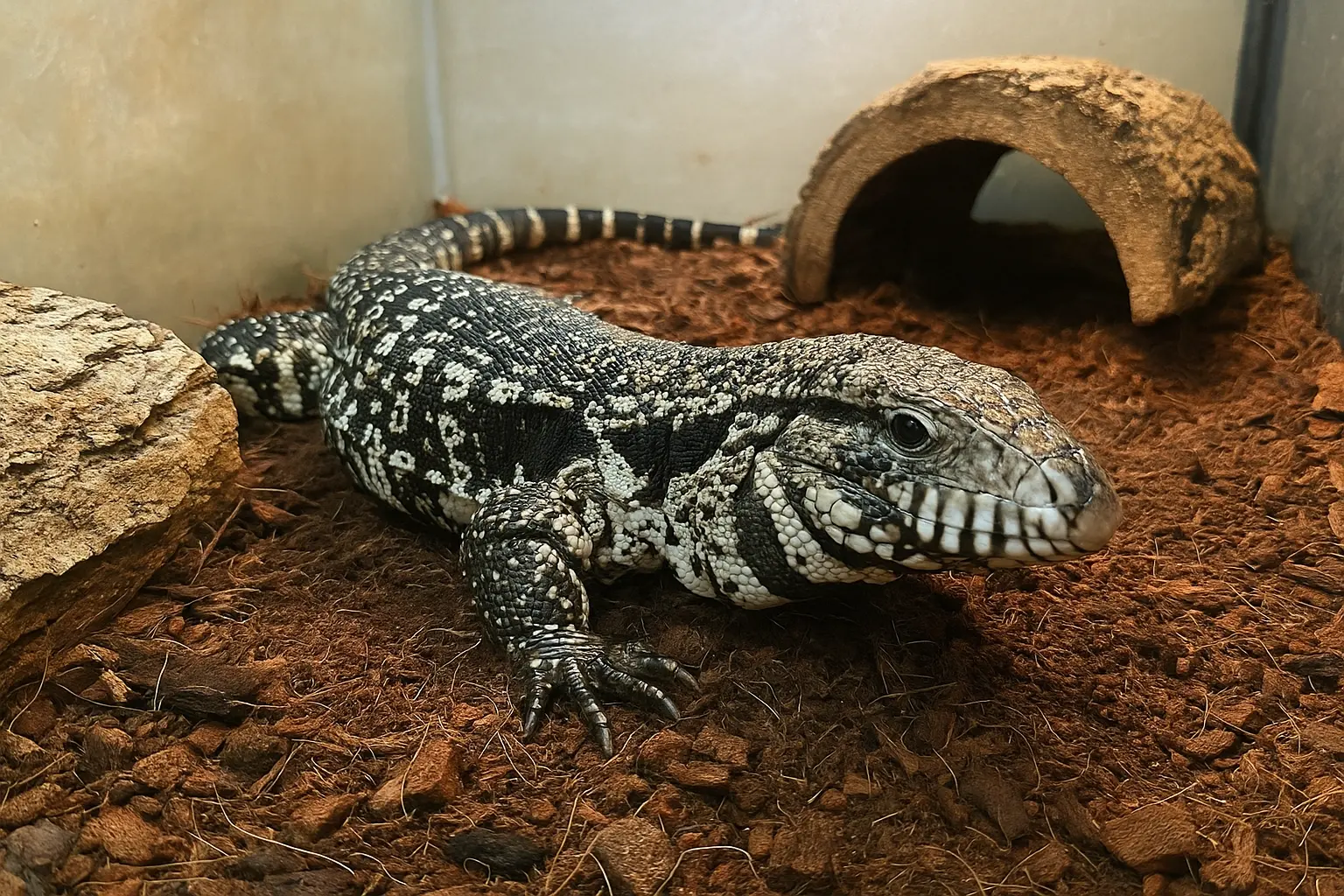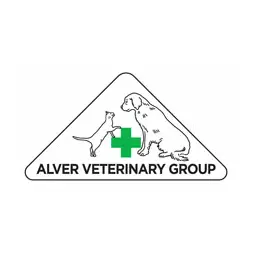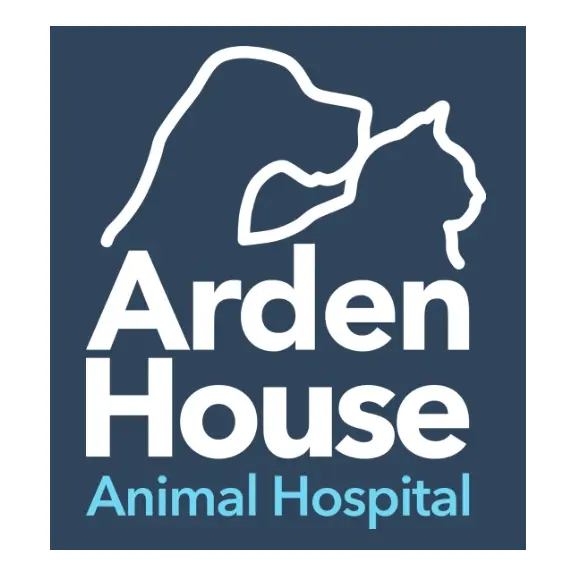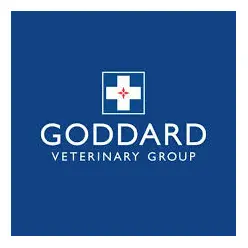
Common Ailments in Frogs: A Guide for Owners
Keeping frogs as pets can be an incredibly rewarding experience, but it is crucial for owners to recognise the signs of illness early. Frogs are sensitive creatures, and due to their unique physiology, even minor health issues can escalate rapidly. This guide will cover the most common ailments affecting frogs, their causes, symptoms, prevention, and treatment options.
Red Leg Syndrome (Bacterial Septicaemia)
Cause: Red Leg Syndrome is typically caused by bacterial infections, most commonly by Aeromonas hydrophila. It often results from poor water quality, unhygienic living conditions, stress, or injuries.
Symptoms:
- Bright red colouration on the legs, abdomen, or underside
- Lethargy and weakness
- Loss of appetite
- Skin ulcers or haemorrhages
- Death if left untreated
Prevention:
- Maintain excellent water quality
- Regularly clean the habitat
- Minimise stress through proper handling and care
Treatment: Immediate veterinary care is required. Treatment typically includes antibiotic therapy and supportive care such as fluid replacement.
Chytridiomycosis
Cause: This deadly fungal infection is caused by the chytrid fungus (Batrachochytrium dendrobatidis). It attacks the skin, which is essential for respiration and hydration in frogs.
Symptoms:
- Thickened, rough, or peeling skin
- Lethargy
- Abnormal posture (e.g., sitting with legs splayed)
- Loss of appetite
- Death if untreated
Prevention:
- Quarantine new animals for at least 30 days
- Disinfect all equipment between uses
- Source frogs from reputable breeders
Treatment: Antifungal treatments such as itraconazole baths may be prescribed by a vet. Environmental cleaning is essential to prevent reinfection.
Metabolic Bone Disease (MBD)
Cause: MBD results from calcium deficiency or an imbalance between calcium and phosphorus, often caused by poor diet or insufficient UVB lighting.
Symptoms:
- Soft or deformed bones
- Difficulty moving or hopping
- Lethargy
- Skeletal abnormalities (e.g., crooked limbs)
- Swelling of the jaw or limbs
Prevention:
- Provide a diet high in calcium
- Use appropriate UVB lighting
- Dust food with calcium supplements
Treatment: Veterinary intervention is needed. Treatment involves correcting the diet, improving UVB exposure, and sometimes administering calcium supplements directly.
Parasites
Cause: Frogs can become hosts to a variety of internal (e.g., worms) and external (e.g., mites) parasites, especially if they are wild-caught or live in unsanitary conditions.
Symptoms:
- Weight loss despite eating
- Lethargy
- Abnormal faeces
- Visible mites or ticks
- Skin irritation
Prevention:
- Regularly clean and disinfect the enclosure
- Quarantine new arrivals
- Feed captive-bred, parasite-free prey
Treatment: Veterinary diagnosis via faecal exam is needed. Treatment usually involves antiparasitic medications.
Skin Shedding Problems (Dysecdysis)
Cause: Improper humidity, poor nutrition, or underlying health conditions can lead to abnormal shedding.
Symptoms:
- Incomplete or patchy shedding
- Discoloured patches of old skin
- Lethargy
- Loss of appetite
Prevention:
- Maintain appropriate humidity levels
- Provide a varied, nutritious diet
- Ensure environmental enrichment
Treatment: Increase humidity and provide a damp hide. Gentle bathing can help, but seek veterinary advice if problems persist.
Bloating and Dropsy
Cause: Bloating can occur due to bacterial infections, organ failure, or fluid imbalance. It is often a symptom of an underlying issue rather than a disease itself.
Symptoms:
- Severe swelling of the body
- Difficulty moving or floating unnaturally
- Loss of appetite
Prevention:
- Maintain excellent water quality
- Feed a healthy diet
- Regularly monitor frogs for early signs of illness
Treatment: Veterinary care is required immediately. Treatments vary depending on the underlying cause and may involve draining excess fluid and administering antibiotics.
Vitamin A Deficiency (Squashy Frog Syndrome)
Cause: A diet lacking in vitamin A leads to epithelial cell dysfunction, impacting skin, eyes, and internal organs.
Symptoms:
- Swelling
- Squishy texture to the body
- Cloudy eyes
- Lethargy
Prevention:
- Feed a diverse diet, including vitamin A-rich foods
- Use vitamin supplements as recommended
Treatment: Vitamin A injections or oral supplementation under veterinary supervision.
General Preventative Care Tips
- Quarantine new frogs for at least 30 days to monitor for signs of illness.
- Provide a varied, nutritious diet appropriate to the species.
- Monitor humidity and temperature carefully within the habitat.
- Ensure clean water and enclosure hygiene to prevent bacterial and fungal infections.
- Use appropriate lighting, including UVB when necessary, to support calcium metabolism.
- Handle frogs minimally and with clean, wet hands to avoid damaging their sensitive skin.
Conclusion
Understanding the common ailments that affect frogs can mean the difference between life and death for your pet. Early detection, prompt veterinary treatment, and excellent husbandry practices are key to ensuring that your frogs lead long, healthy lives. Always consult a qualified exotic vet if you notice anything unusual with your amphibian companions.
Contents
Tags
Related Vets
Vets near you
Speciality vets
- Aquatics vet specialists
- Birds vet specialists
- Camelids vet specialists
- Cats vet specialists
- Cattle vet specialists
- Deer vet specialists
- Dogs vet specialists
- Equines vet specialists
- Exotic vet specialists
- Goats vet specialists
- Pigs vet specialists
- Poultry vet specialists
- Sheep vet specialists
- Small Mammals vet specialists
- Wild vet specialists










